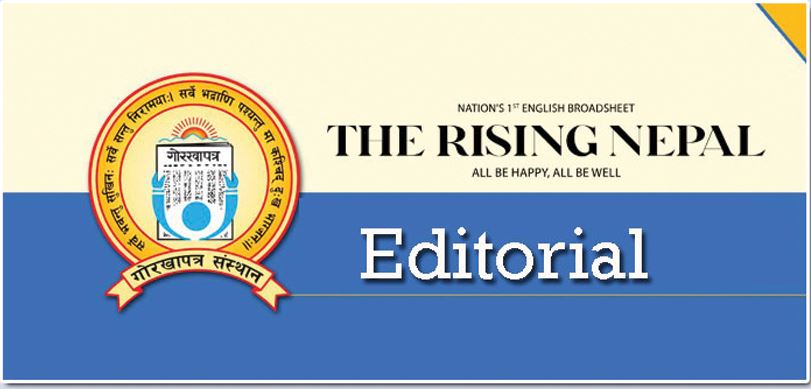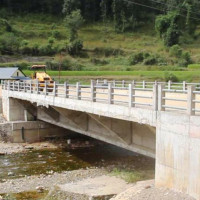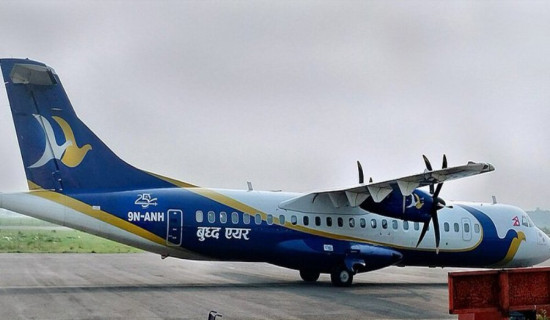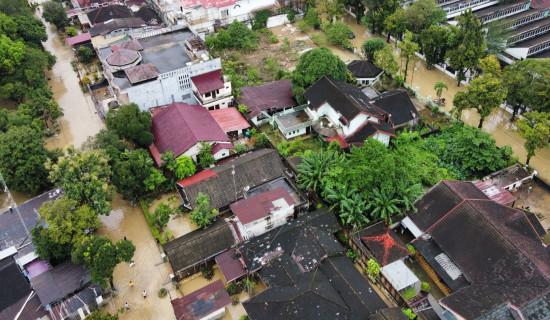- Saturday, 29 November 2025
Suburban Migration
Migration is an integral part of civilisation. It has been a perennial tendency among humans to move to safer places where they enjoy better living conditions, livelihoods, security, and peace. When the people came out of forests and began to live in settlements, this gave rise to a new form of social structure. The development of villages brought transformative changes to the people’s physical, mental and intellectual growth. For thousands of years, planned villages served as measuring yardstick of development. This was followed by the evolution of cities where basic amenities of life remained far better compared to that of the hamlets perched on far-off locations. As the facilities and powers were concentrated in the cities, people began to migrate there. So rural to urban migration has been a universal phenomenon.
During the Industrial Revolution in Europe, people left villages en masse and moved to the cities to work in factories. The villages got emptied and cities became vibrant. Industrialisation gave birth to modern cities with many comforts. But it is only those with fat purses who can afford the expensive land and houses in the towns. The people shifted to the cities in search of better job prospects, health and education. However, the cities became congested owing to the huge migration over the decades. Interestingly, this spurred a reverse trend: people have again started to leave the core areas of the cities and shifted to the suburbs so that they could avoid the hustle and bustle of cities and live in tranquillity.
Several factors have come into play in fuelling the suburbanisation drive. They include population growth, increasing living costs, development of modern yet affordable housing and partition of parental property. As the number of family members grows, the houses become crowded and rooms scarce. Noise and air pollution, heavy traffic, displacement of people due to the expansion of roads, businesses and industries, and more importantly better living conditions push people toward the suburban areas.
This evolving trend is also in full swing in the Kathmandu Valley. Kathmandu, the capital of federal Nepal, has attracted people from around the country more than its capacity to accommodate them. The increasing number of people from Kathmandu's core downtown have opted to reside in suburban areas such as Bhaisepati, Budanilkantha, Mulpani, Sunakothi, Balkot, Ramkot and Tokha, where affordable apartments are available with proper settlement. Sociologists who talked with this daily have shared that people left the downtowns in search of peace, good community, and improved infrastructure.
Some city dwellers have made a substantial amount of money by selling or renting their houses located in the core areas and bought houses or rented apartments built on wide areas of land in the suburbs. The division of inheritance also forces many to leave their parental houses in the city hubs and move to the peripheries. They are unable to purchase land and houses in the core areas, with inherited properties but can buy a big chunk of land and copious buildings in the suburbs. This trend is not bad but this also calls for better planning on the fringe of cities so that the fresh settlers will not endure the same problems that used to pester them in the inner cities.

















